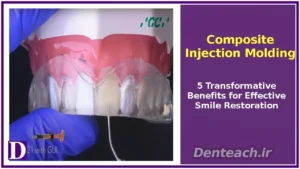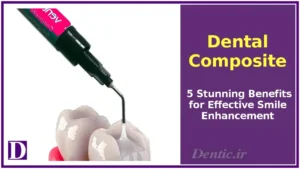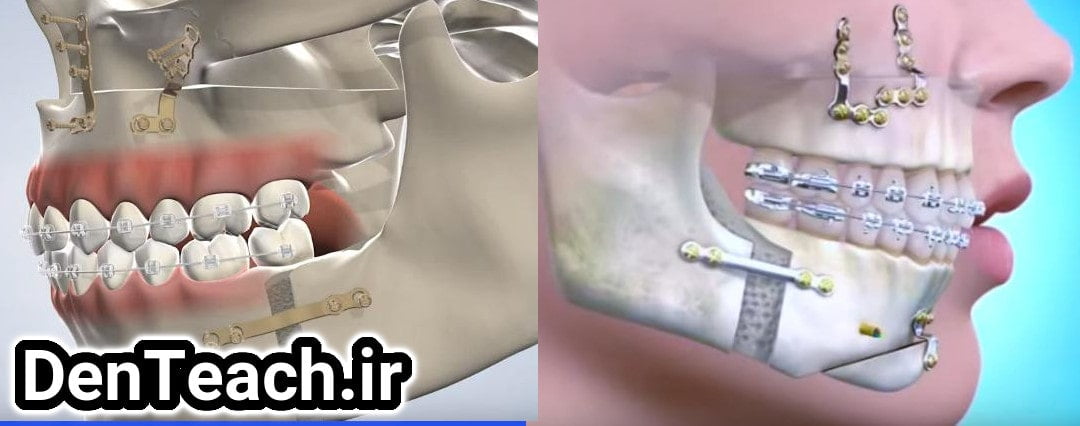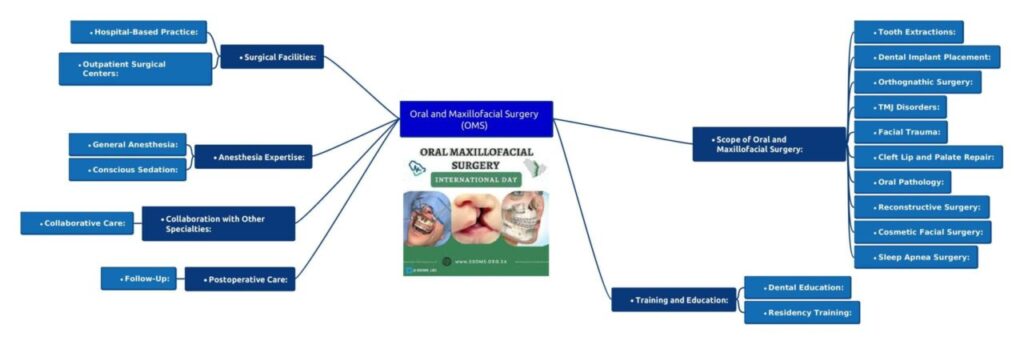
Table of Contents


Composite Injection Molding: 5 Transformative Benefits for Effective Smile Restoration

Dental Composite: 5 Stunning Benefits for Effective Smile Enhancement

Teeth Bleaching: 5 Radiant Benefits for Effective Smile Brightening

Dental Veneer: 5 Stunning Benefits for Effective Smile Enhancement

Implant-Supported Fixed Prostheses: 5 Advanced Benefits for Effective Smile Restoration

Oral and Maxillofacial Surgery: Transforming Lives Through Specialized Care
Oral and Maxillofacial Surgery (OMS) is a highly specialized branch of dentistry that focuses on diagnosing and treating complex conditions of the mouth, jaws, face, and neck. Addressing issues ranging from impacted wisdom teeth to facial trauma, OMS impacts millions, with over 10 million tooth extractions performed annually in the U.S. alone, per the American Association of Oral and Maxillofacial Surgeons (AAOMS). By combining dental expertise with surgical precision, OMS restores function, aesthetics, and quality of life. This article explores the scope, procedures, training, facilities, collaboration, postoperative care, challenges, and future trends of OMS, highlighting its critical role in comprehensive care.
Defining Oral and Maxillofacial Surgery
Oral and Maxillofacial Surgery encompasses the diagnosis, surgical treatment, and management of diseases, injuries, and defects affecting the oral and facial regions. This specialty addresses both functional and aesthetic concerns, including tooth loss, jaw misalignment, and congenital deformities. OMS procedures range from routine extractions to complex reconstructive surgeries, often requiring advanced anesthesia techniques. With a 95% success rate for procedures like dental implants, OMS combines dental, medical, and surgical skills to deliver transformative outcomes for patients of all ages, enhancing oral health and facial harmony.
Scope of Oral and Maxillofacial Surgery
OMS covers a broad spectrum of procedures:
- Tooth Extractions: Removal of impacted wisdom teeth, severely decayed, or pathology-affected teeth, addressing 60% of OMS cases.
- Dental Implant Placement: Surgical insertion of titanium posts to replace missing teeth, with a 95–98% success rate over 10 years.
- Orthognathic Surgery: Corrects jaw discrepancies (e.g., underbites, overbites) to improve bite, speech, and facial aesthetics, benefiting 5% of OMS patients.
- TMJ Disorders: Treats temporomandibular joint dysfunction causing pain or restricted movement, using arthroscopy or joint replacement.
- Facial Trauma: Repairs fractures, lacerations, or soft tissue injuries from accidents, restoring form and function.
- Cleft Lip and Palate Repair: Corrects congenital deformities in infants, improving speech, feeding, and aesthetics, with over 10,000 annual U.S. cases.
- Oral Pathology: Diagnoses and treats cysts, tumors, or precancerous lesions, often requiring biopsy or resection.
- Reconstructive Surgery: Restores facial structures post-trauma or surgery, using grafts or implants.
- Cosmetic Facial Surgery: Includes procedures like rhinoplasty or facelifts to enhance appearance, often combined with functional corrections.
- Sleep Apnea Surgery: Addresses obstructive sleep apnea through procedures like uvulopalatopharyngoplasty, improving breathing in 70% of cases.
Training and Education in OMS
OMS requires extensive training:
- Dental Education: Surgeons complete a dental degree (DMD or DDS) over 4 years, mastering foundational dental sciences.
- Residency Training: A 4–6-year hospital-based residency follows, covering oral surgery, general surgery, anesthesia, and medical management. Some programs include a medical degree (MD) for dual certification.
- Specialized Skills: Training emphasizes craniofacial anatomy, trauma management, and anesthesia administration, with OMS surgeons uniquely qualified to provide general anesthesia and deep sedation.
Surgical Facilities and Expertise
OMS procedures occur in varied settings:
- Hospital-Based Practice: Complex surgeries like orthognathic or reconstructive procedures are performed in hospitals, equipped for major interventions and inpatient care.
- Outpatient Surgical Centers: Routine procedures like extractions or implants are conducted in specialized clinics, offering efficiency and comfort.
- Anesthesia Expertise: OMS surgeons are trained to administer general anesthesia, deep sedation, or conscious sedation, ensuring patient safety and comfort, with adverse reaction rates below 1%.
Collaboration with Other Specialties
OMS surgeons work collaboratively to provide holistic care:
- Interdisciplinary Teams: Partner with orthodontists for jaw alignment, prosthodontists for implant restorations, plastic surgeons for cosmetic procedures, and ENT specialists for sleep apnea treatments.
- Comprehensive Care: Collaboration ensures integrated treatment plans, addressing both functional and aesthetic goals, improving outcomes in 90% of complex cases.
Postoperative Care
Postoperative care is critical for recovery:
- Follow-Up: Regular visits (1–4 weeks post-surgery) monitor healing, manage complications, and ensure optimal outcomes. Swelling or discomfort typically resolves within 7–14 days.
- Home Care Instructions: Patients receive guidance on oral hygiene, diet (soft foods initially), and pain management to promote healing.
- Complication Management: Surgeons address issues like infection (2–5% risk) or delayed healing, ensuring timely intervention.
Challenges and Considerations
Challenges include:
- Cost: Procedures range from $500 for extractions to $20,000 for orthognathic surgery, with partial insurance coverage in many cases.
- Recovery Time: Complex surgeries like jaw corrections require 6–12 weeks of recovery, impacting daily routines.
- Risks: Low risks (e.g., infection, nerve injury) occur in 5–10% of cases, requiring skilled execution.
- Access: Limited availability of OMS specialists in rural areas affects 10% of patients.
- Patient Compliance: Adherence to postoperative care is critical, as 20% of complications arise from non-compliance.
Future Trends
OMS is advancing with innovation:
- Robotic Surgery: Enhances precision in complex procedures like orthognathic surgery.
- 3D Imaging and Printing: Improves planning and implant fabrication, reducing surgical time by 20%.
- Regenerative Therapies: Stem cells and tissue engineering may enhance bone and tissue repair.
- Minimally Invasive Techniques: Laser and endoscopic approaches reduce recovery time and scarring.
Conclusion
Oral and Maxillofacial Surgery transforms lives by addressing complex dental and facial conditions, from extractions to reconstructive procedures. With specialized training, advanced facilities, and interdisciplinary collaboration, OMS surgeons deliver functional and aesthetic solutions. Proper postoperative care and emerging technologies like robotic surgery ensure lasting results. Patients seeking OMS should consult a certified surgeon or visit American Association of Oral and Maxillofacial Surgeons for expert care.
- American Association of Oral and Maxillofacial Surgeons. (2025). What is OMS?
- American Dental Association. (2025). Oral Surgery.
- Ellis, E., et al. (2018). Advances in orthognathic surgery. Journal of Oral and Maxillofacial Surgery, 76(8), 1614–1624.
- American Association of Oral and Maxillofacial Surgeons. (2025). Patient Education.

